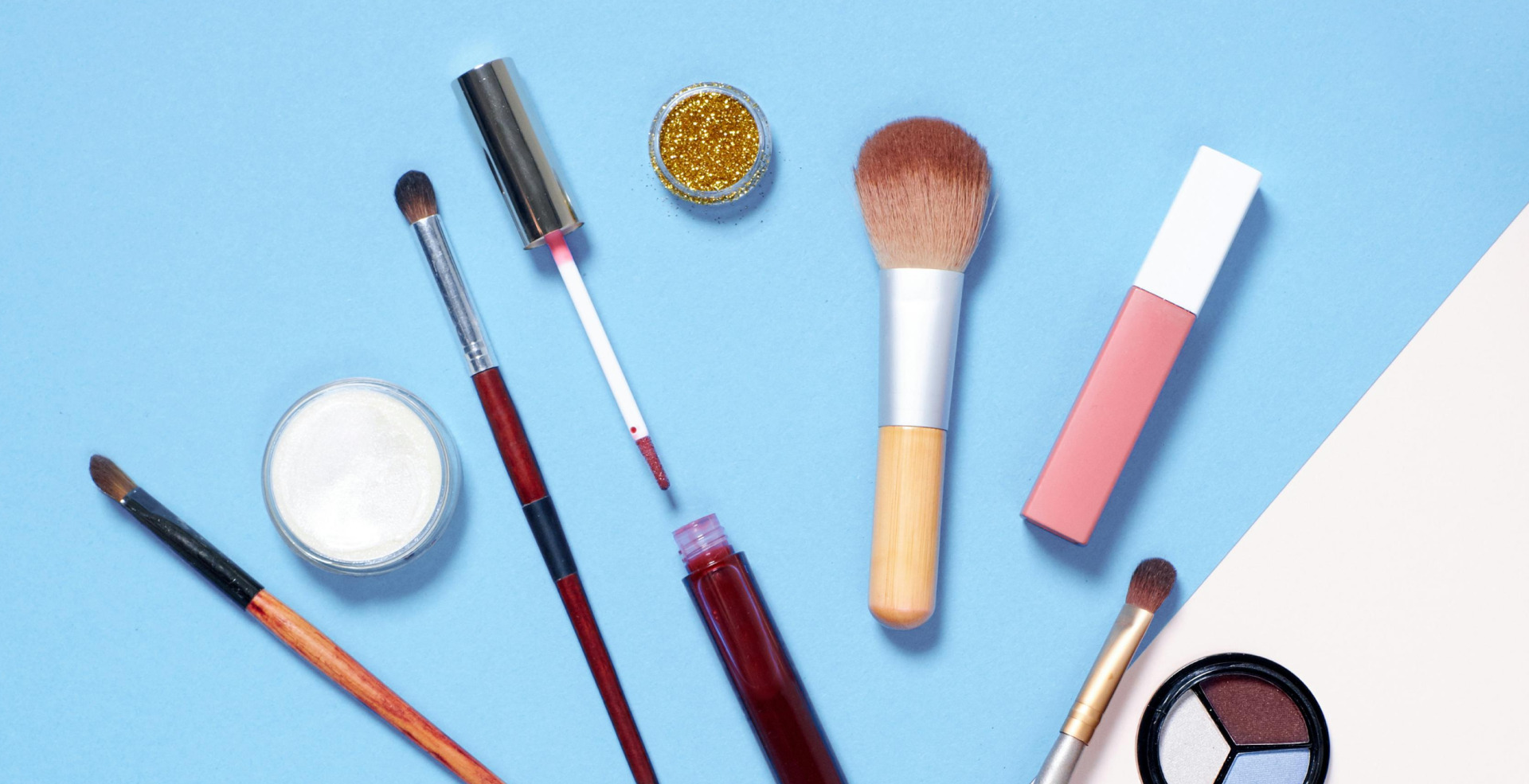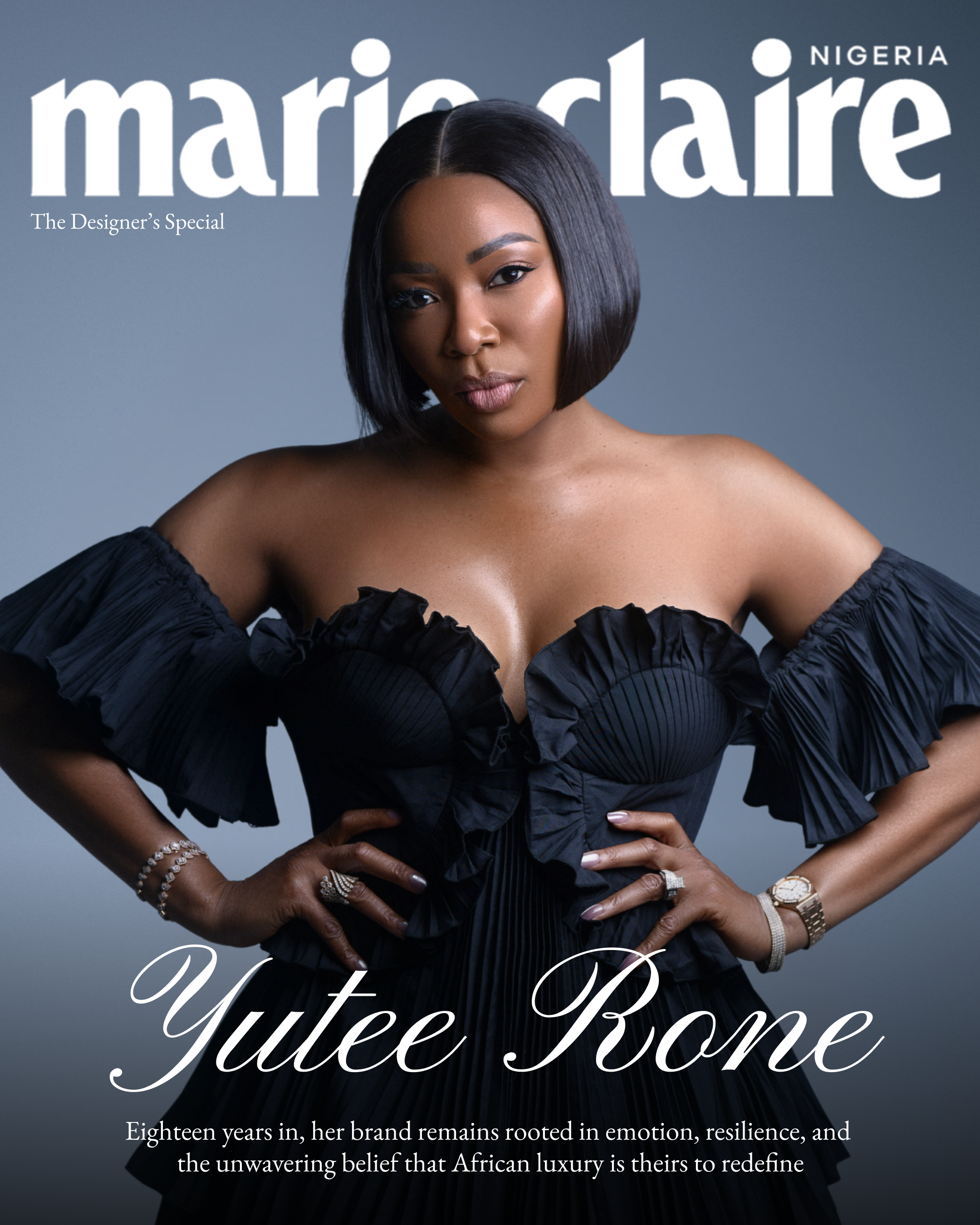Cosmetic testing on animals has been banned in the European Union since 2013. Yet, many brands still display the “cruelty-free” label. Is it a marketing strategy or a reliable claim? We asked the experts.
“Cruelty-free,” “Not tested on animals,” “Animal cruelty-free” — labels that are increasingly common on cosmetic packaging. However, cosmetic testing on animals has been banned in the European Union since 2013. The Directorate General for Competition, Consumer Affairs, and Fraud Prevention (DGCCRF) even states on its website that the claim “not tested on animals” is misleading and should not appear on these products.
So why do brands continue to display this label? Is it just a marketing tactic, or is it genuinely useful for consumers? Anissa Putois, Communications and Campaigns Manager for PETA France, and Chloé Raffalli, toxicologist at Lush and expert in cosmetology, answer these questions for Marie Claire.
Marie Claire: How did the ban on animal testing come about in France?
Chloé Raffalli: The discussion began in 1993 in Europe. In 2004, cosmetics tested on animals were banned in Europe—an important first step, but the law only covered finished products, not ingredients. In 2009, the ban was extended to ingredients and finished cosmetic products.
It took 20 years for these changes to be fully incorporated into European regulations. It wasn’t until 2013 that the sale of cosmetics and ingredients tested on animals was completely prohibited.

If animal testing is banned in Europe, why do brands still mention it?
Chloé Raffalli: At Lush, this claim is part of the brand’s DNA. Since its creation in 1995, Lush has refused to test on animals or use data from animal testing. That’s why we continue to display this label.
Anissa Putois: Despite the bans, companies can still sell products in France or the EU even after they have been injected into guinea pigs, force-fed to rats, or applied to rabbits’ eyes in China or other countries—where such tests are required for market approval—as long as the tests are not used to demonstrate product safety under French or European regulations.
Furthermore, the European Chemicals Agency (ECHA), backed by the European Commission and the ECHA Board of Appeal, continues to require new animal testing for chemical substances used exclusively as cosmetic ingredients under the REACH regulation (Registration, Evaluation, Authorisation, and Restriction of Chemicals). This is supposedly to ensure worker safety in the production chain, even though these ingredients have been safely used for years.
Can we really trust this label?
Anissa Putois: Yes, but it should always be verified. The term “cruelty-free” is often used without proof. Some companies cite it to support their “ethical code” on their websites. Also, labels such as “organic,” “clean,” “green,” and “eco-friendly” do not guarantee that a product hasn’t been tested on animals or that it’s vegan. There is simply no single, legally recognized global definition.
For PETA, “cruelty-free” means that a company or brand has a policy of not allowing any animal testing, including in its supply chain, and that its products are vegan.
How do brands ensure that none of a product’s ingredients have been tested on animals?
Chloé Raffalli: At Lush, our ingredient buyers contact raw material suppliers, question them to ensure no animal testing has been conducted, visit their facilities, and require a certificate stating that no testing was done on animals.
To ensure our products’ safety, we conduct our own tests using human cell cultures.

Animal testing of ingredients and finished products is mandatory in China. Does this mean that any European brand selling in China automatically tests on animals?
Chloé Raffalli: Yes, if a brand is present in China, it means they test on animals. Even if they don’t conduct animal testing in Europe or on their ingredients, they must comply with China’s regulations.
Anissa Putois: China is the largest market requiring general animal testing for cosmetics, and other countries, like Russia, may also mandate some animal testing for cosmetics.
In 2012, PETA and its international affiliates exposed that some formerly cruelty-free companies had secretly begun paying the Chinese government to test their products on animals to gain access to the Chinese market. Every year, hundreds of thousands of animals are subjected to cruel and deadly tests.
In March 2021, the Chinese government announced a new pathway for some cruelty-free cosmetics to be sold in China, but this does not yet mean the end of all animal testing.
How can consumers be sure that a brand does not test on animals?
Anissa Putois: To be certain that what you’re buying hasn’t caused animal suffering, the best approach is to rely on reputable certification logos. PETA’s “Cruelty-Free” and “Cruelty-Free & Vegan” labels guarantee that no testing was conducted anywhere in the world—not just on the finished product, but also on all its ingredients. This is verified through supplier certifications confirming that no animal testing was conducted. The brand also agrees to independent audits at any time.
You can also check PETA US’s Beauty Without Bunnies list, which clearly and reliably categorizes brands that still test on animals or have committed to being cruelty-free. The database also allows consumers to verify whether products are certified vegan, meaning they contain no animal-derived ingredients.
This article originally published by Joanna Gabriel on the Marie Claire France website.
Translated and adapted by Denise Eseimokumoh for Marie Claire Nigeria.


